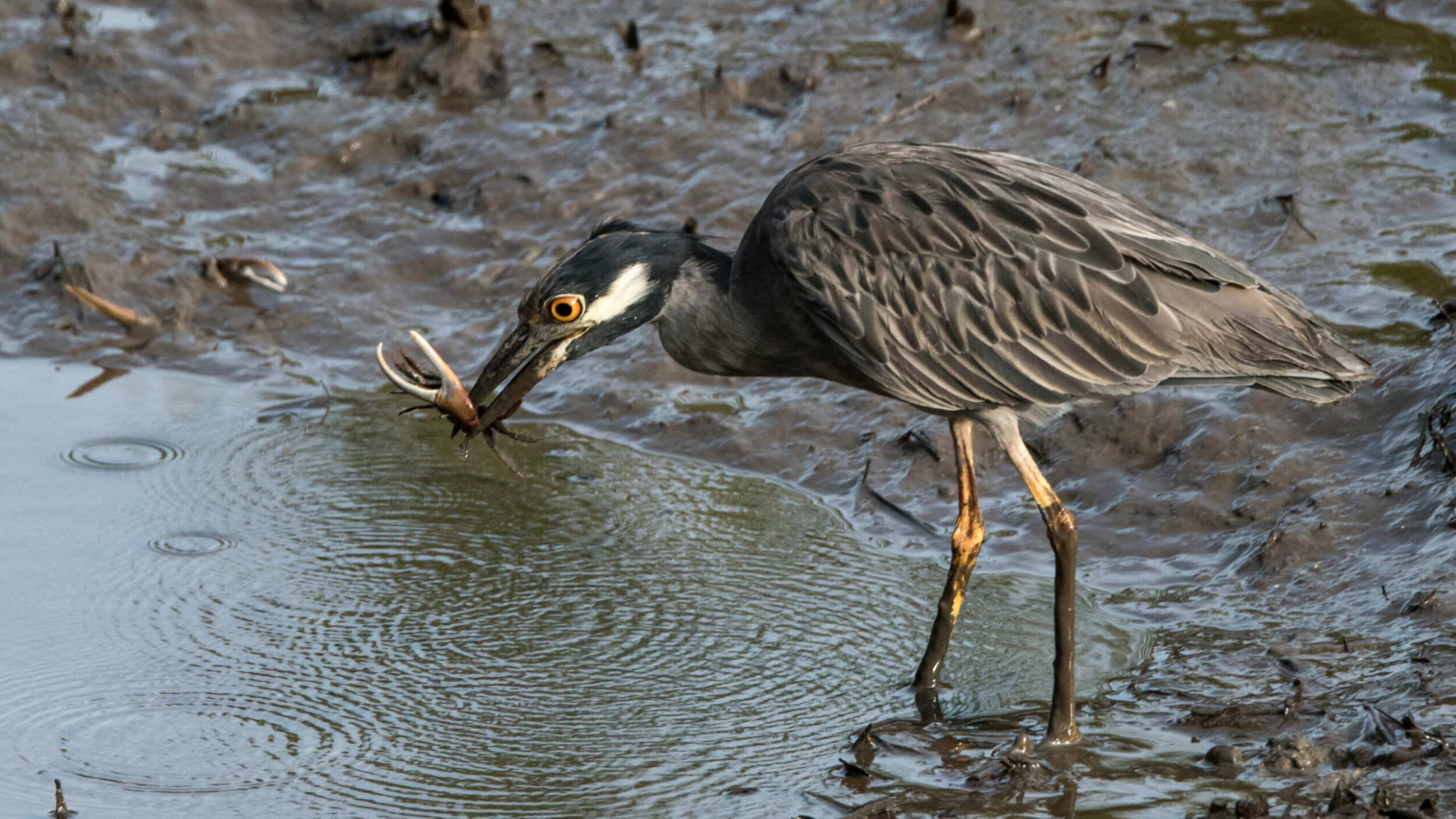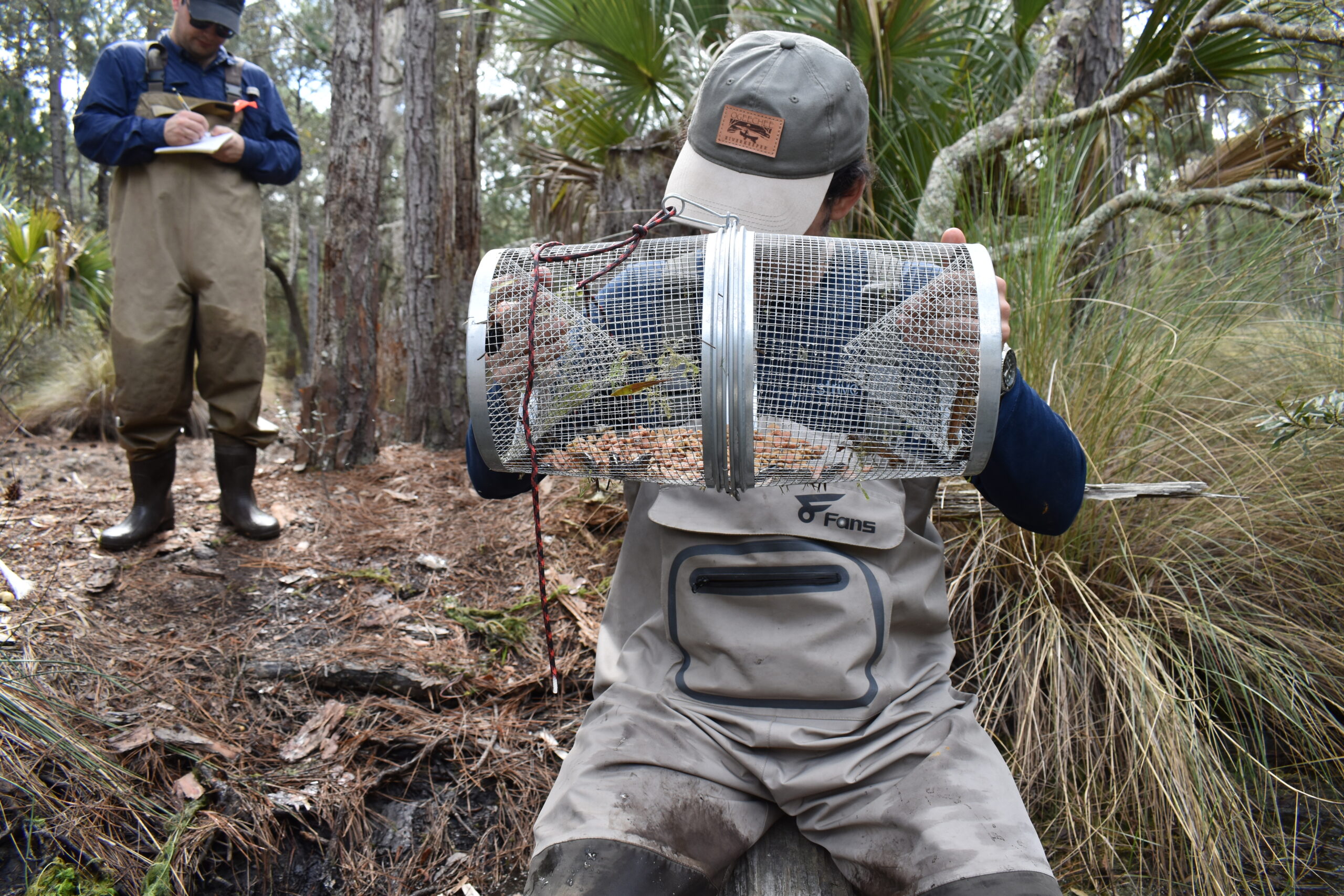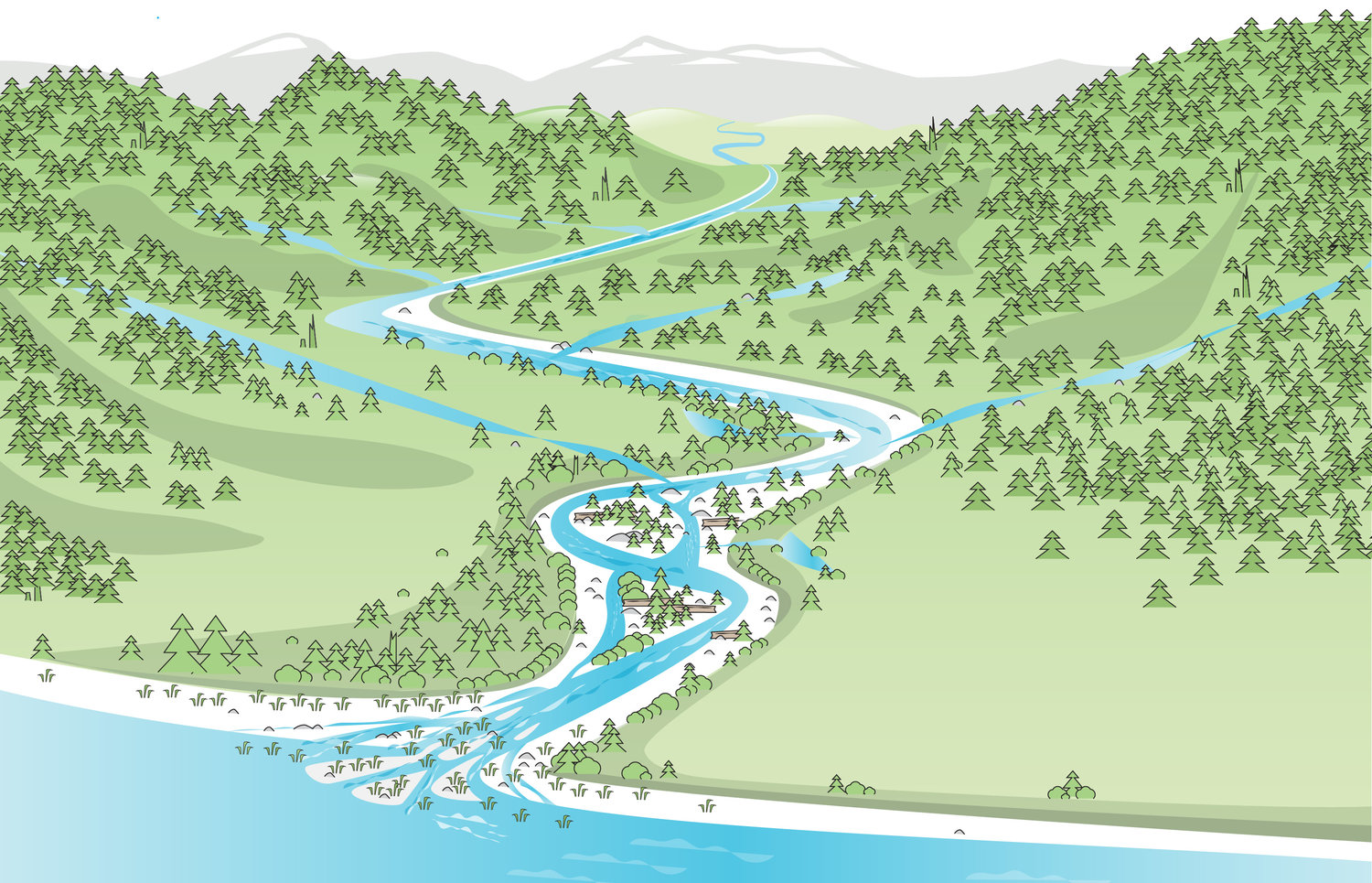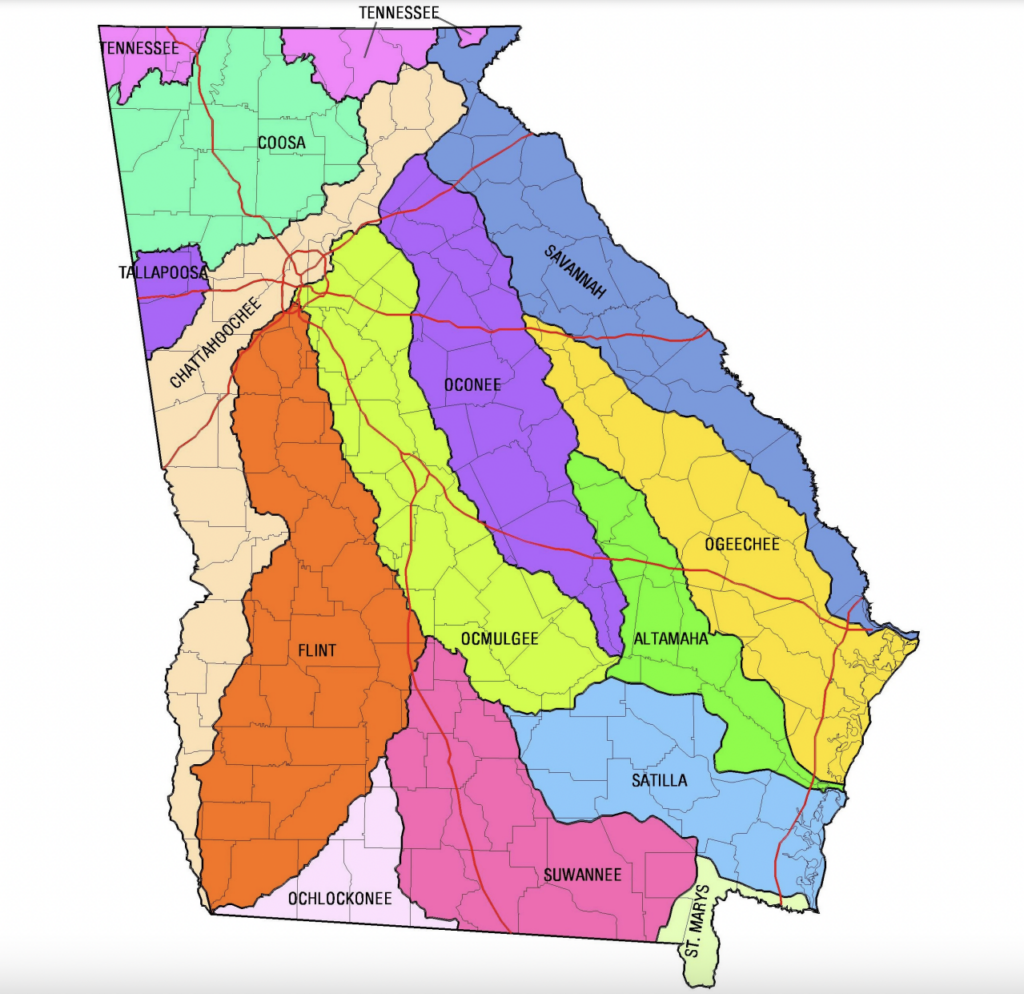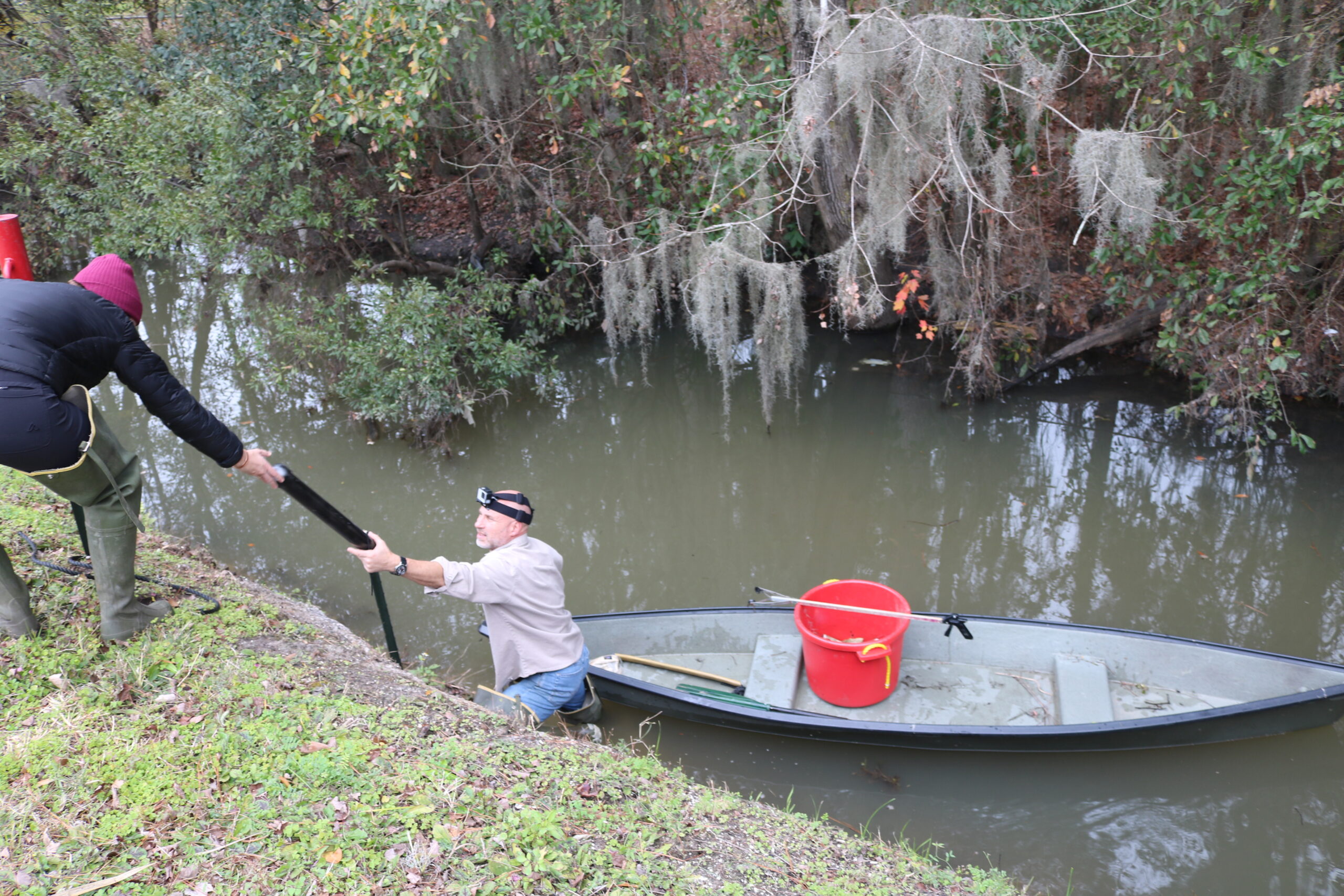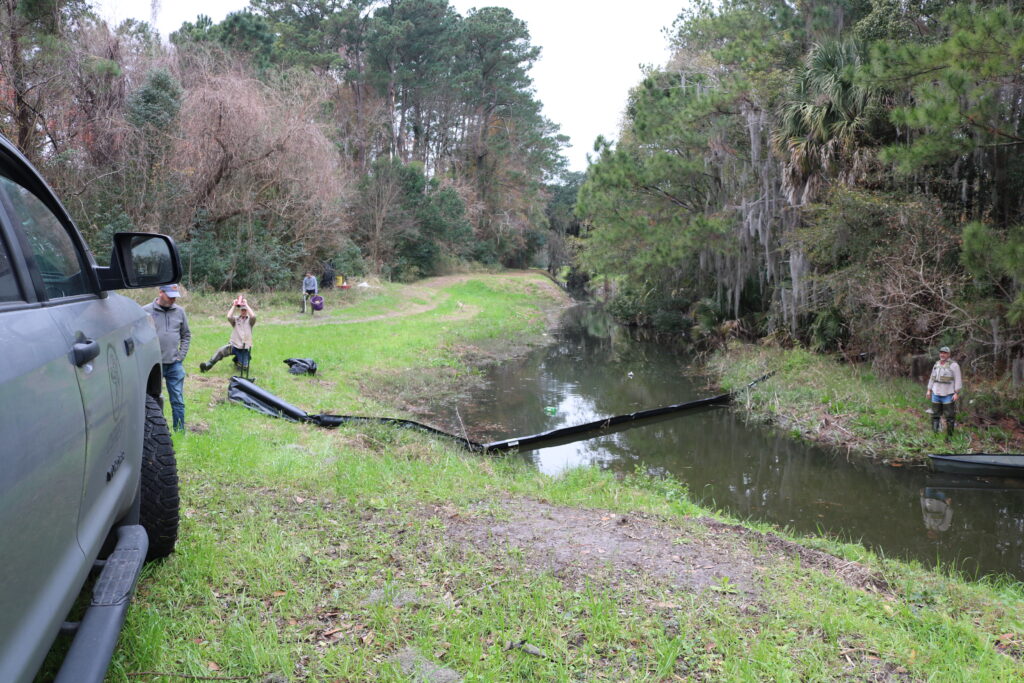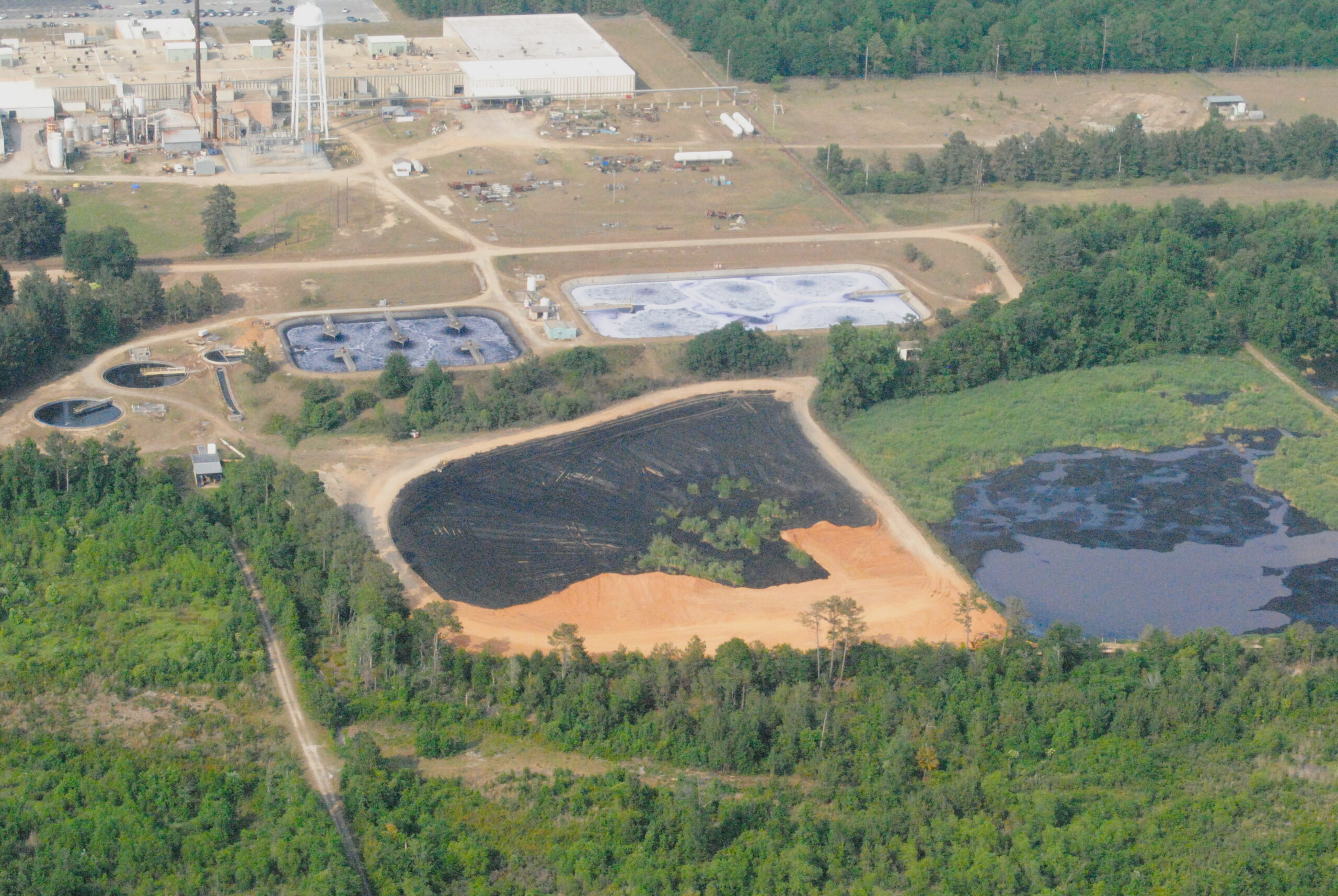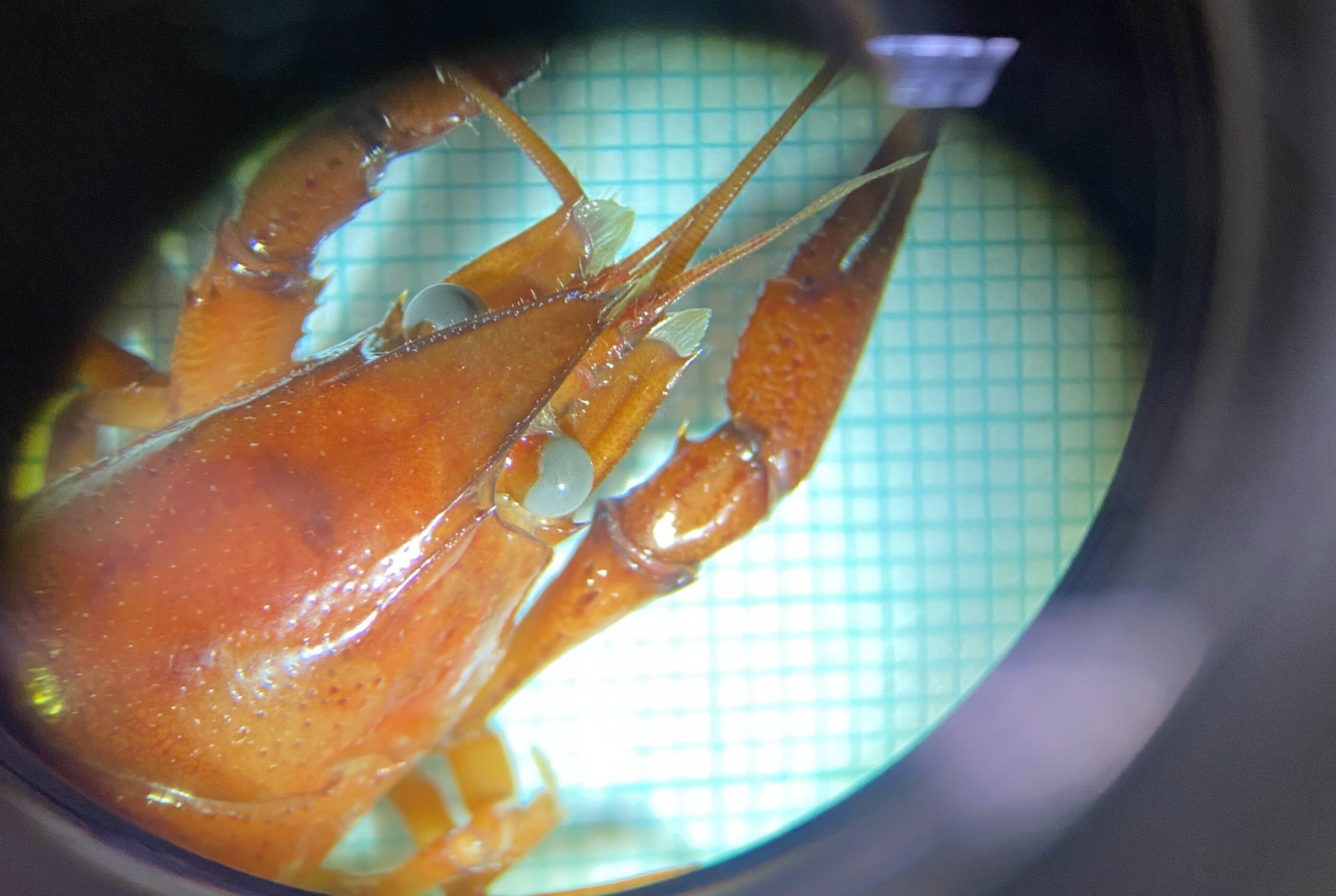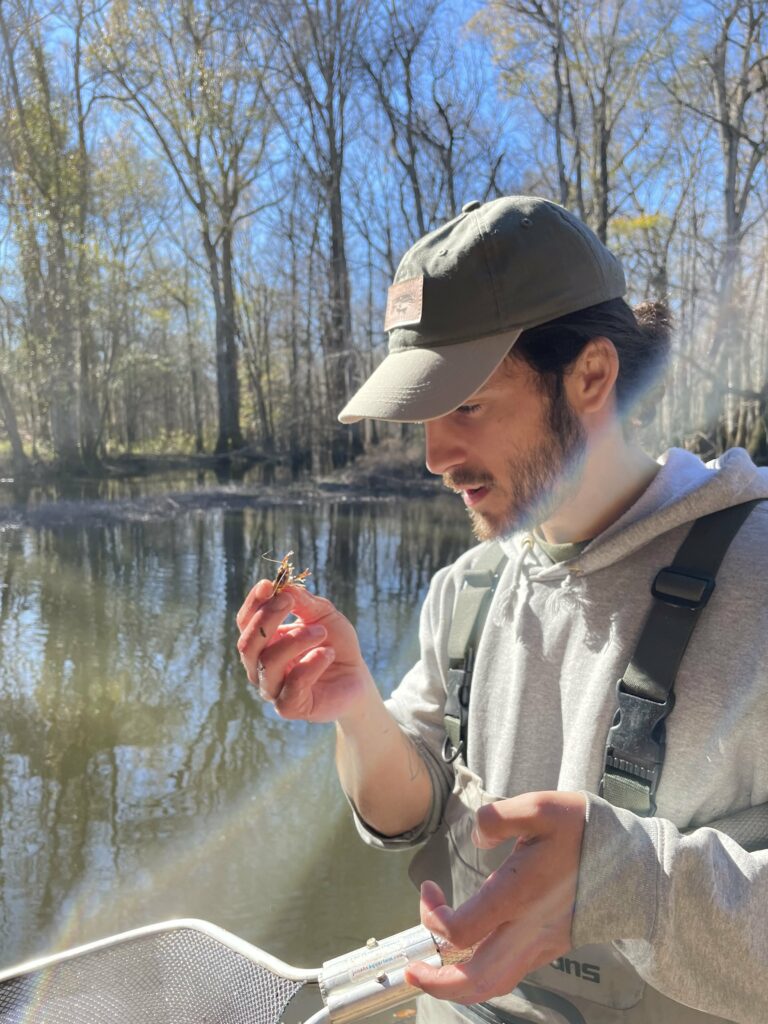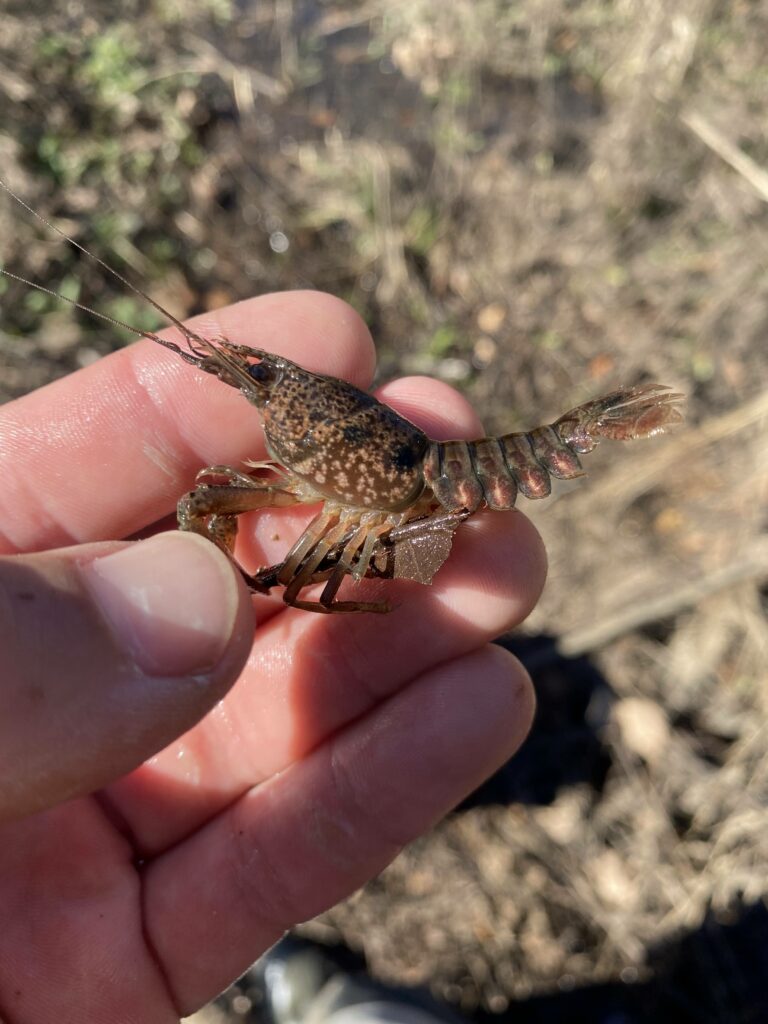Why should we care about freshwater organisms? This is an incredibly common question directed towards freshwater ecologists like myself, and it’s completely valid. Why spend all the time and effort to study things that appear to have little to no impact on human welfare? While the ultimate answer to this question is nuanced, one of the most important reasons why we as scientists care about them is their use as bioindicators.
The concept of a bioindicator is fairly straightforward, generally referring to the use of a living thing (bio-) as an indicator for the health of the ecosystem it lives in. For example, let’s say that there’s a rare crayfish species that is known to only occur in pristine habitat with very clean water, and has no tolerance for pollution of any kind. Therefore, if that species is found, scientists can use it as evidence that the stream it was found in is very healthy. On the flip side, if the only species that are found in a specific stream are fairly common and can tolerate a large range of conditions, then these species might indicate that that stream has poor water quality.
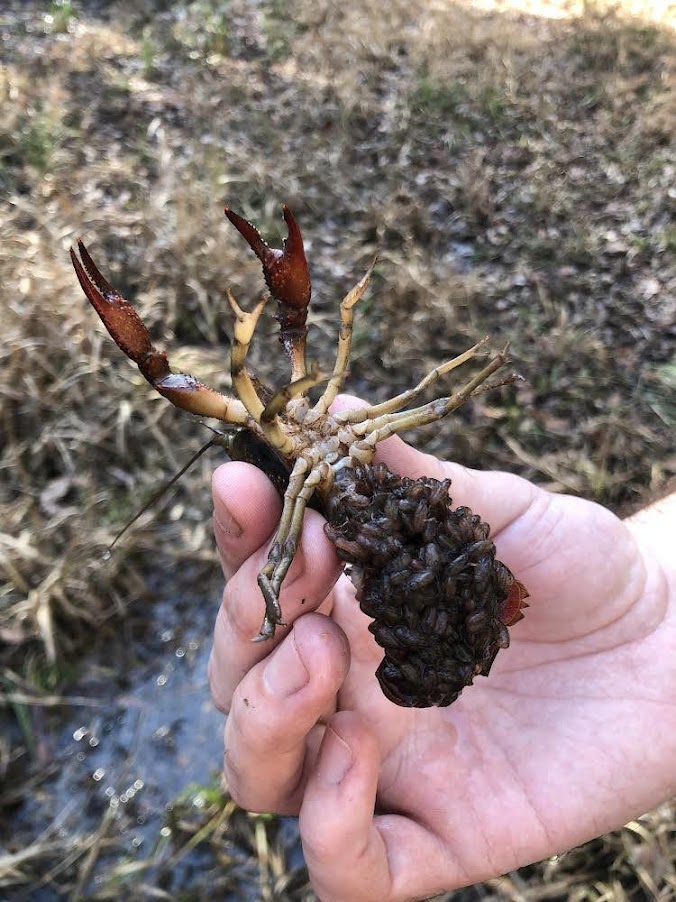
Beyond being good “tools” for humans to assess the health of our ecosystems, different freshwater organisms serve distinct purposes in the aquatic food web. This is especially true of crayfishes, which are commonly viewed as “keystone” species. A keystone species is one that performs such an important role in an ecosystem that without it, there would be a large-scale detrimental effect on the rest of the ecosystem.
The crayfish is a keystone species for a variety of reasons. Firstly, crayfish are omnivorous, eating all kinds of different things in stream ecosystems, from other smaller insects to plant matter. Secondly, crayfish are important food sources for larger predators, like sport fish and amphibians. This combination of eating and being eaten by so many different things make crayfish an integral part of aquatic food webs.
Thirdly, crayfish act as “ecosystem engineers” through the creation of burrows. Many of you may be familiar with crayfish burrows that you see on land (check out this article), but what many people don’t realize is that all crayfish burrow to some extent. In stream ecosystems, these underwater burrows act as key habitat for other freshwater organisms, and therefore harbor the diversity of life that is important for healthy streams.
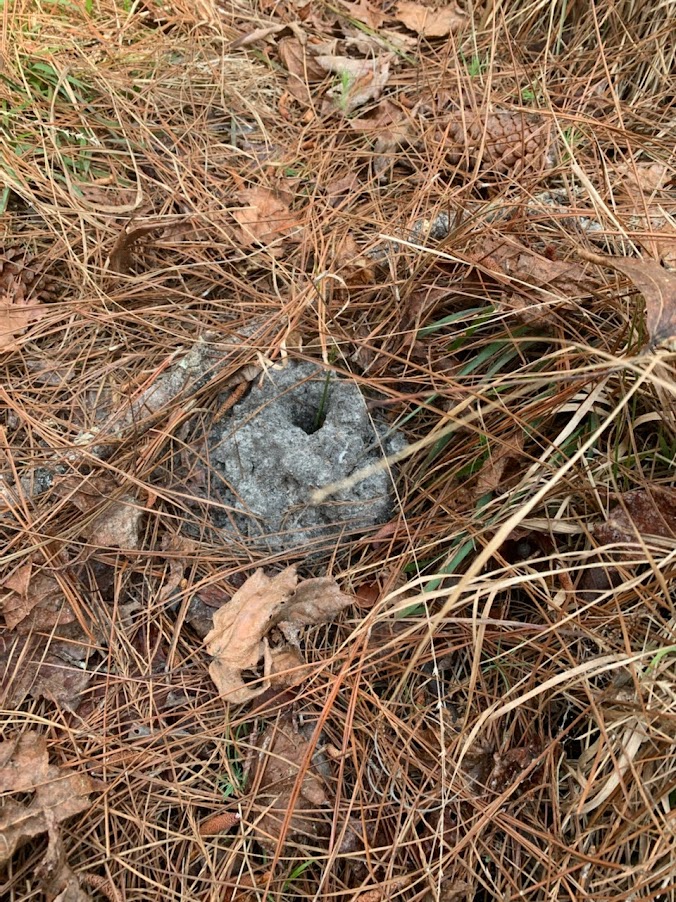
With spring already in full swing, I’m sure many of you will be seeing crayfish a lot more often, and I’m excited to write more about what you may see out in the watershed.
